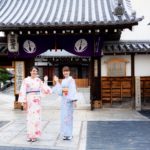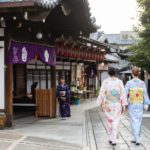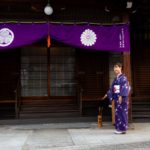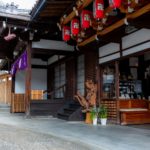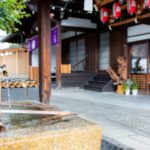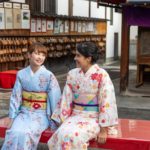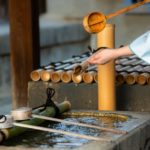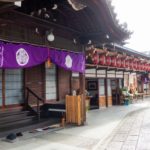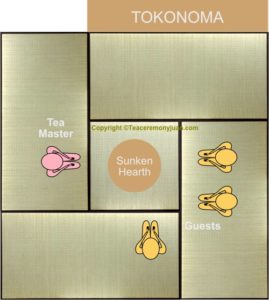The Japanese Tea Ceremony Explained
Elegance and refinement are two aspect of the Japanese Tea Ceremony culture that symbiotically lead to the appreciation of beauty in the imperfections of things that surround us.
The tea ceremony is a fine art, an expression of movements and symbolisms that project a sense of calm and tranquillity that some Western visitors have described it as mesmerising.
In Japanese the tea ceremony is called Chanoyu and has become a "Way of Life" in Japan over the last 500 years. Many Japanese people join circles of like minded practitioners to pursue the chanoyu on a weekly basis. Training usually requires about 10 years of one-day-a-week lessons under the guidance of a teacher (sensei). This practice is called CHADO.
Chado literally means "Way of Tea" and is the Japanese practical answer to the Western dialectic branch of philosophy called Ethics. In other words, it is a set of moral principles that govern a person's behaviour and conduct in one's daily life. It also teaches, emphatically, the art of gestures and movements in the preparation of the matcha tea and the way in which it is served to the guests attending the tea ceremony. This practice becomes also a relaxation technique.
Learning how to perform the Japanese Tea Ceremony in our Grand Tea Room is an experience that we dedicate ourselves to making it unforgettable for you, and, will help you better understand our Japanese culture. It may also enrich your lifestyle and perhaps become your "Way of Tea".
Our Tea Ceremony Workshop Philosophy
“Tell me and I forget, teach me and I may remember, involve me and I learn.”
Benjamin Franklin
How Does The Tea Ceremony Unfolds?
As you enter through the main gates of the Jotoku-ji Temple (photo1) walk towards the meeting place (photo2). You will pass the entrance to the Grand Tearoom (photo 3) on your left and a shop next to it (photo4). Opposite is the purification fountain (photo 5). Just beyond you will see some red benches; this is our meeting point (photo 6). Here you are able to sit, if the weather is fine, but if it should be raining, you can stand outside under the gable of the shop or our Grand Tearoom. We will be there to welcome you inside.
Your tour of the Temple will now take place followed by the purification procedure (photo 7). Afterwards we remove our shoes at the entrance of the Grand Tearoom (photo 8) and together we proceed inside.
The seating arrangement is as shown in the red carpet of photo9. The Tea Master will guide you throughout the procedure and how to make matcha tea. The ceremony workshop will then commence.
Seating on the floor in the Grand Tea Room follows the traditional seiza position. This can be an uncomfortable position unless one is used to it. For this reason you can seat in any way that makes you comfortable. If you need a stool to seat on we have them available; just ask for one.
Click on the photos for a larger view.

Aspects & Terms of The Japanese Tea Ceremony
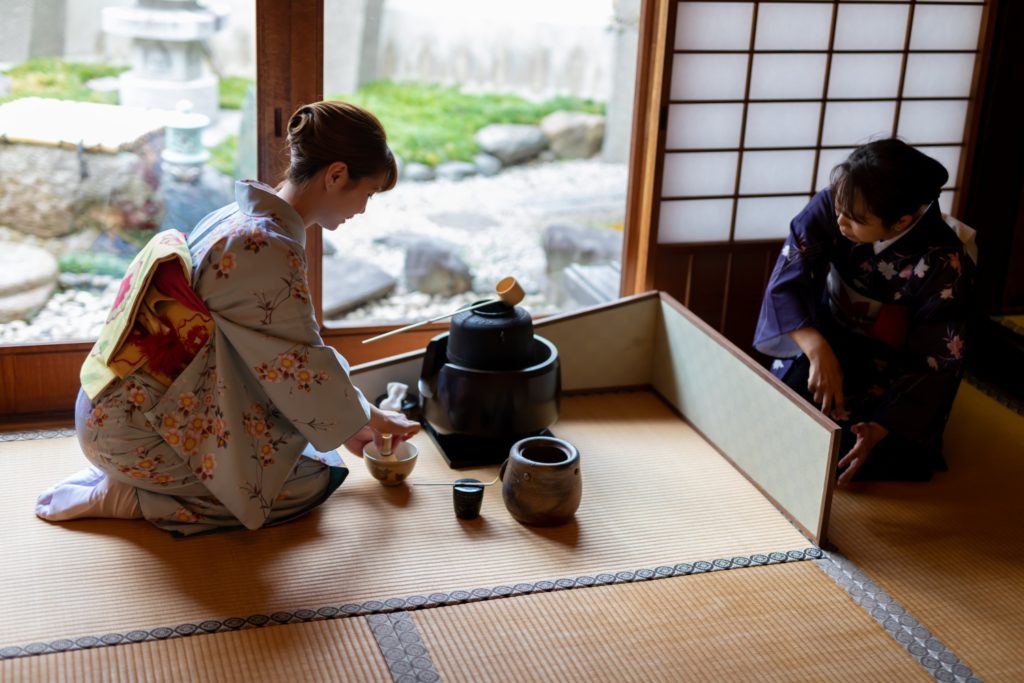
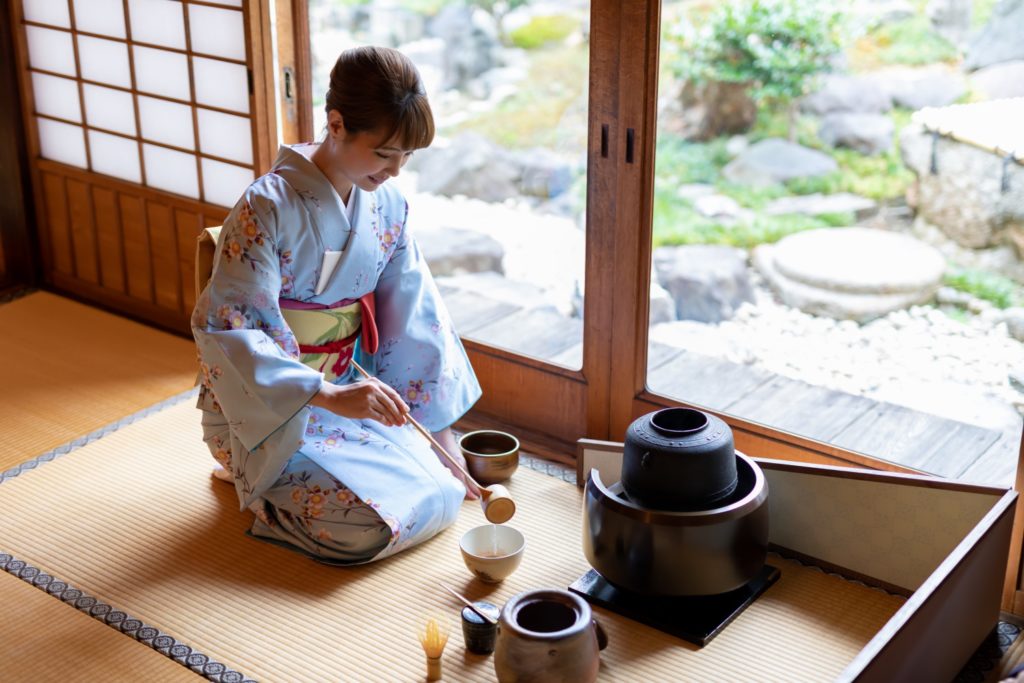
Because the Chanoyu was largely shaped by Zen monks it focuses on perfection of mind and body and for this reason it can be used to practice meditation and relaxation.
Our bodies need relaxation to reduce the daily stress of modern life thereby boosting our energy and mood and making our life more full and complete. This is, indeed, what is hidden in the term “chanoyu” which translates as “hot water tea”. Chanoyu is not simply about drinking a bowl of matcha tea but "a way of acquiring" a sense of calm and serenity that permeates throughout your daily life.
Many people in the Western World practice different relaxation techniques such as meditation, deep breathing, yoga and rhythmic exercises. In Japan we have been practicing the “Way of Tea” for many centuries as both a relaxation technique and a formal tea ceremony for important occasions when we wish to acknowledge the highest regard and esteem for our honorable guests.
